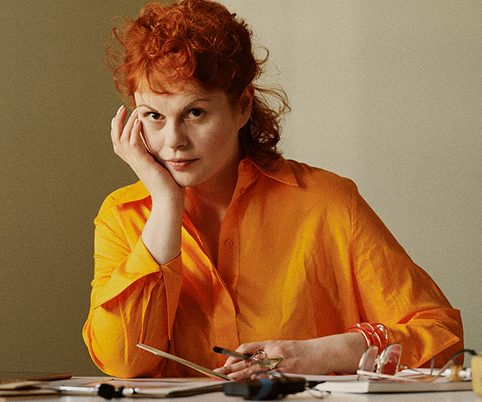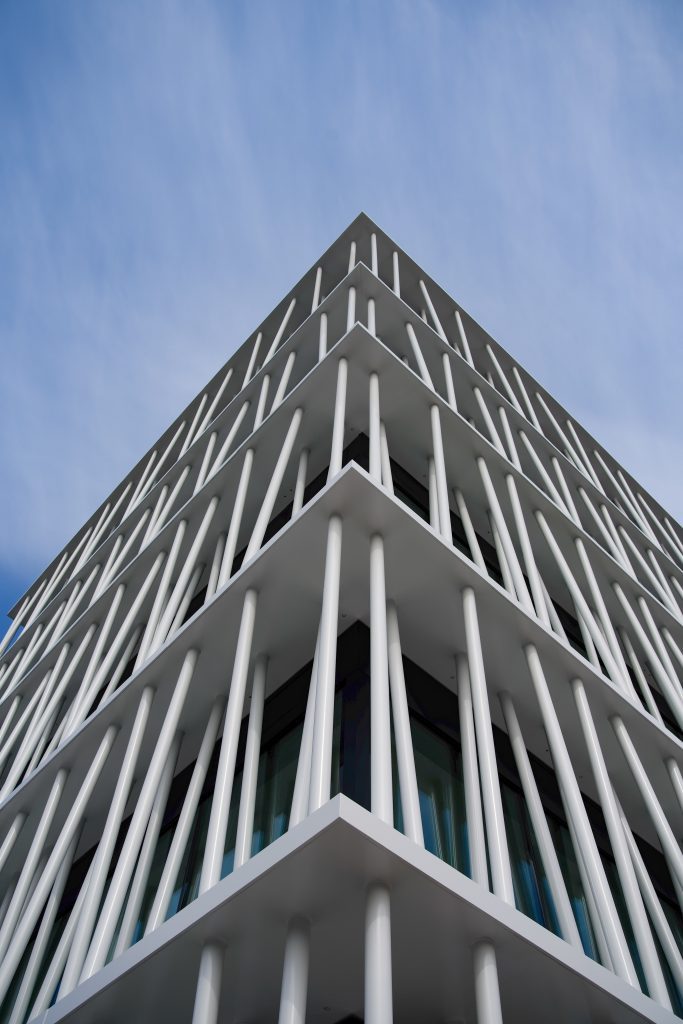Barbara Antal: “What I love about the Bauhaus is the idea of experimenting with materials.”
Every Saturday, Zara Morris, Julia Marquardt, Barbara Antal, Doro Petersen and Cornelia Durka, among others, run the Bauhaus-Lab at the Temporary Bauhaus-Archiv. The workshops take inspiration from works in our collection and authentic exercises from the historic Bauhaus. But who is behind the concept and its creative realisation?
Du beschäftigst dich schon lange mit dem Bauhaus. Wie bleibt das Thema bis heute für dich inspirierend?
Barbara, please complete the sentence: For me, the Bauhaus is …
... a school and place to experiment.
You’ve been involved with the Bauhaus for a long time. What is it about this topic that keeps inspiring you?
What I love about the Bauhaus is the idea of experimenting with materials and going into depth. What is it? How can you use it? I’m inspired by this incredible precision, this careful consideration for type and technique, of materials, form and function to find the perfect combination. In my work, I like to start with the preliminary course (a year-long introductory course given by the preliminary course instructors Johannes Itten, László Moholy-Nagy und Josef Albers which all first-semester Bauhaus students were required to take, ed.). In Hungary, I began my studies in a similar way, and I liked it very much. My university, a college of art and design, was even named after Moholy-Nagy (László Moholy-Nagy, Bauhaus master, ed.). In their first year, students from many different disciplines come together and experiment with different techniques and materials.
“Everyone has to find their own way, push through and pursue their own ideas .”
Gibt es aus dieser Zeit eine Übung, die dir besonders in Erinnerung geblieben ist, die es vielleicht so auch am Bauhaus gab?
Can you remember any specific exercise from that time which might also have existed at the Bauhaus?
I don’t remember a particular exercise, but how we worked... that you would take an idea and run with it. There’s this anecdote about a paper-folding exercise with Josef Albers. He is said to have handed out sheets of newspaper to his students and challenged them to “make more out of it than it already is” without using any external aids. He then left the room for several hours. Some people have difficulty dealing with this freedom – they wonder what it means and what exactly they should do. Do they understand the question? Do they understand the exercise? Everyone has to find their own way, push through and pursue their own ideas – I find that really exciting and it made a lasting impression on me.
Is that also one of your guiding principles at the Bauhaus-Archiv?
A little bit, yes. It would be nice if the participants remember how much fun they had experimenting and the courage it took to realise their own idea.
How do you always come up with new ideas for the Bauhaus-Lab?
That has to do with my current life situation. I also work in other museums, visit exhibitions and usually have a topic, technique or a question that interests me at a given time. Then I look for something related in the historic Bauhaus or in the collection of the Bauhaus-Archiv that is related to it and reflects that.
What is the most fun about leading a workshop?
Watching how the participants delve into an idea and lose themselves in the creative work. When the Bauhaus-Lab was still a “drop-in” programme, I experienced time and again that people spontaneously joined and then stayed for the whole three hours!
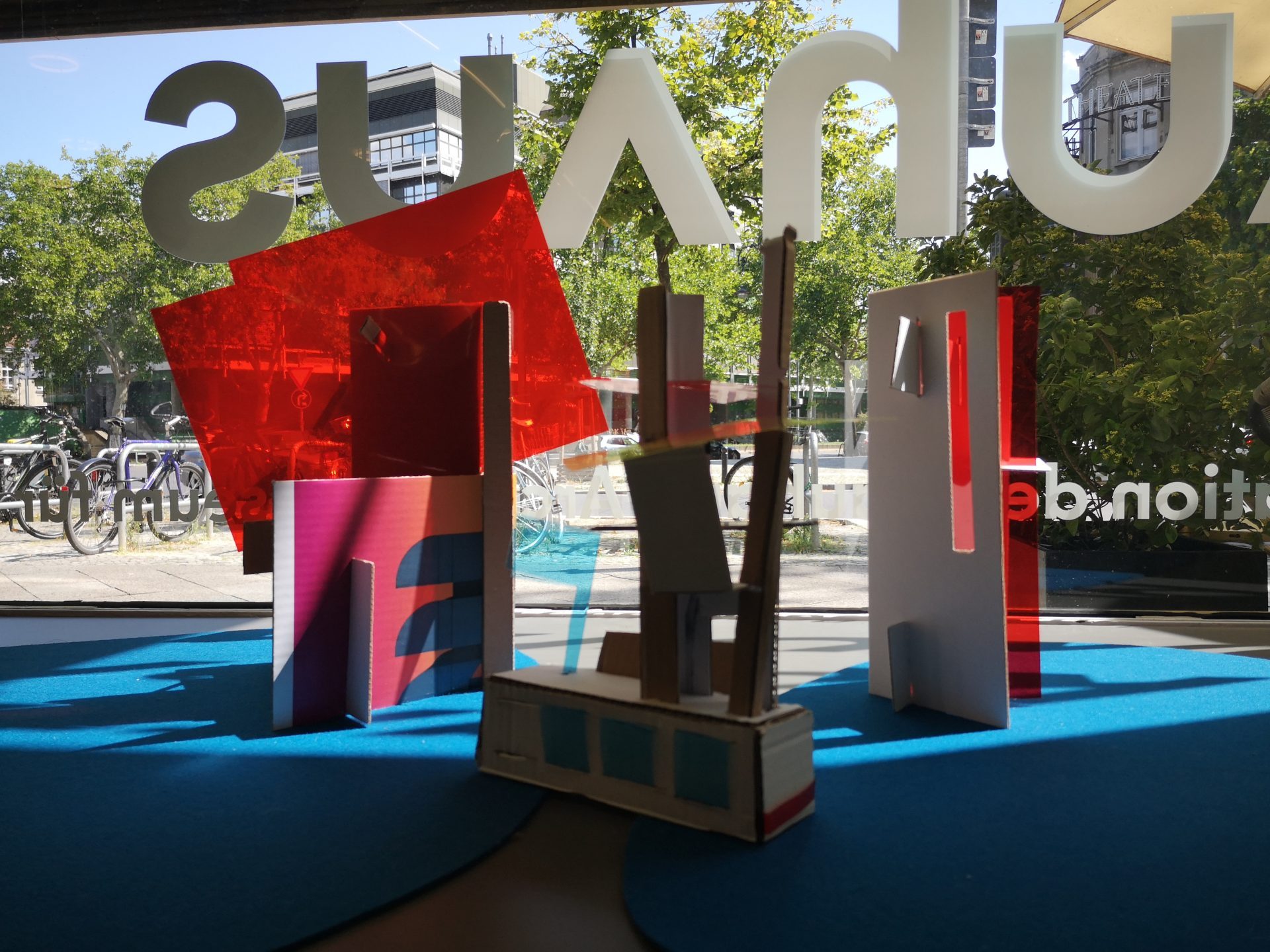 Bauhaus-Lab, 2019Photo: Barbara Antal
Bauhaus-Lab, 2019Photo: Barbara Antal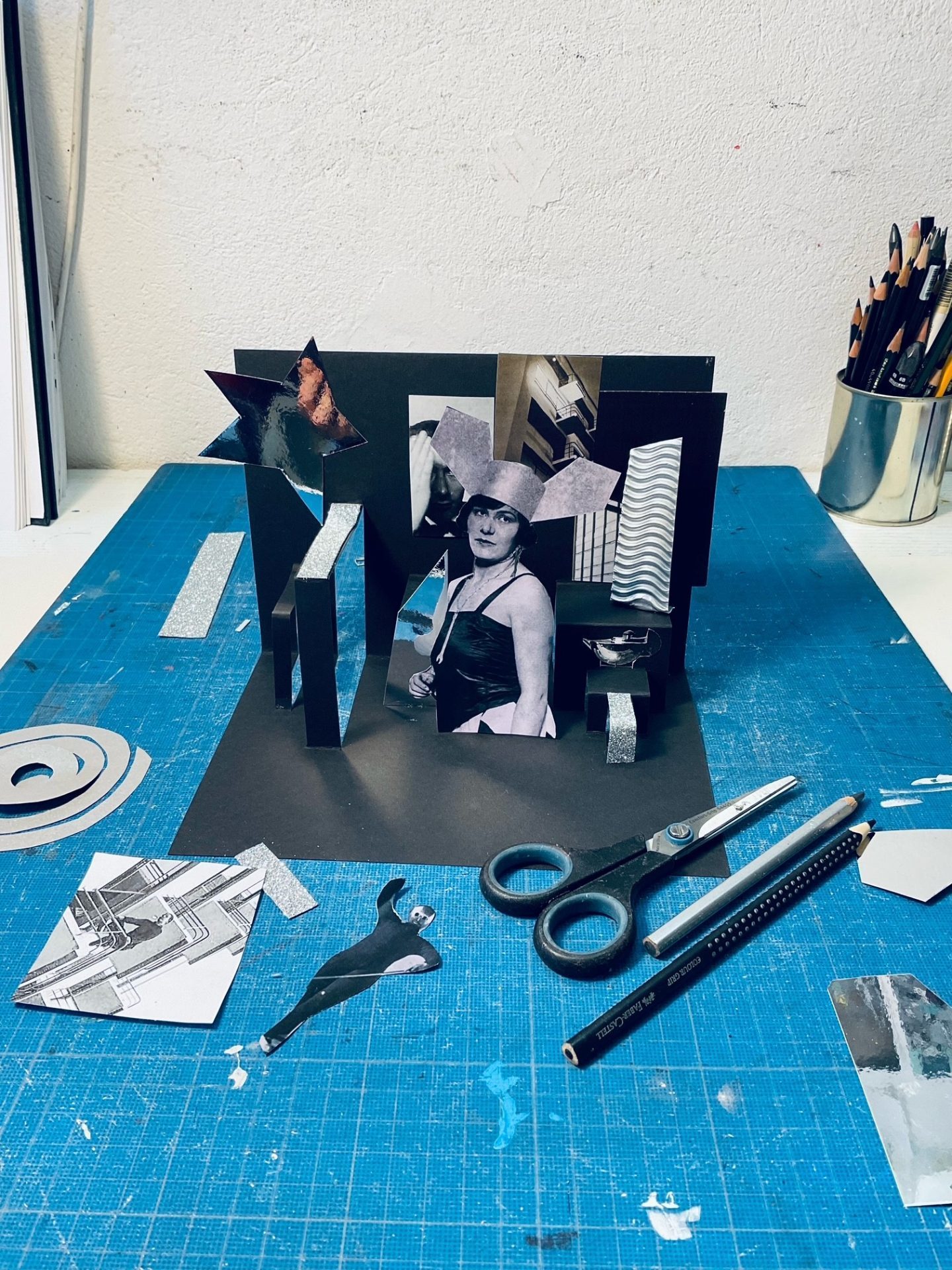 Bauhaus-Lab, 2024Photo: Barbara Antal
Bauhaus-Lab, 2024Photo: Barbara Antal- Bauhaus-Lab, „All eyes on me“, 2022Photo: Barbara Antal
Lorem ipsum
The Bauhaus-Lab brings people together from many very different walks of life. How do you cater to all their needs and interests?
What I like about the Bauhaus-Lab is its simplicity. We offer a starting point. It’s up to the participants to decide how far they want to go with an idea. A child approaches it very differently than an architecture student. The setting is similar to that of the historic Bauhaus preliminary course. We provide the framework, but within that frame the participants can move about freely. Whether they prefer to move more or less is up to them.
If I met you on the train, how would you explain your profession?
That is a difficult question. When I say I’m an art mediator, many people think that I sell art. I would say that I’m an art worker. I create access to art and spaces where people can concentrate intensively on a creative project.
“I was enthused by the wonderful atmosphere.”
Lorem ipsum
How did you end up as an “art worker” at the Bauhaus-Archiv?
I can remember exactly, because that was my first Bauhaus-Lab! A colleague had to cancel, so I jumped in. The workshop was about photography and light effects, and since I’m a photographer, I was perfect for the job. Right away, I was enthused by the wonderful atmosphere and just indulged in the desire to experiment. I thought: yes, this could be something for me. After this strong first impression, I became a permanent part of the team.
For the future Bauhaus-Archiv, I wish ...
… that everything continues as before. The team is great and I feel very much in my element here as an art mediator. The profundity that one feels in the exercises and theories of the Bauhaus, I also feel in the way we work here. Everything is thought through. That makes the work easier and it’s fun to develop ideas together. I’m looking forward to working in the new tower, which will be entirely dedicated to education and mediation work. I think that this space will have a strong impact on our future concepts.
The creative minds behind our Bauhaus-Lab in conversation
-
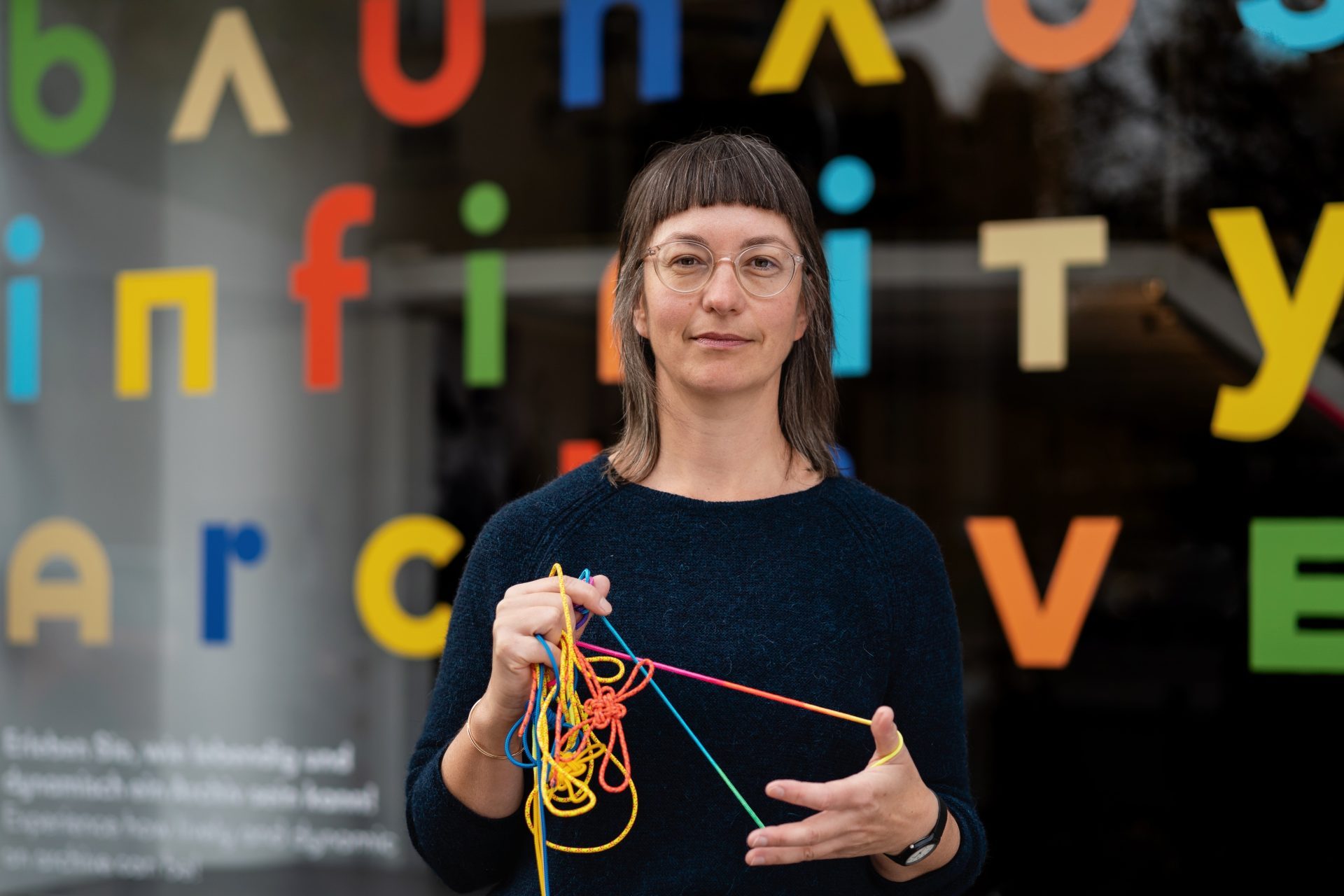
Cornelia Durka: “I persue something that can catapult a question through time and space.”
Backstage -
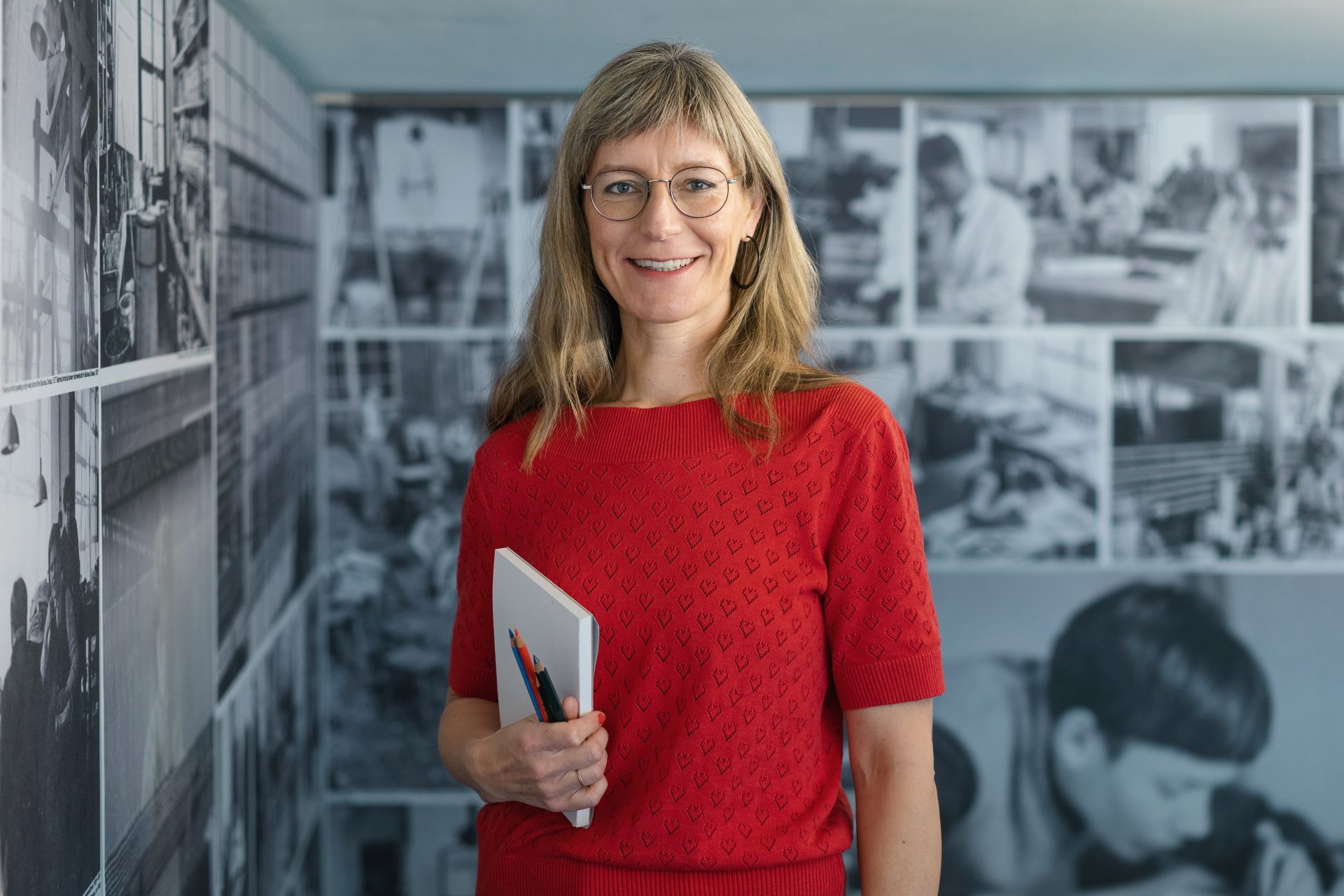
Doro Petersen: “It is so much fun to be creative.”
Backstage -
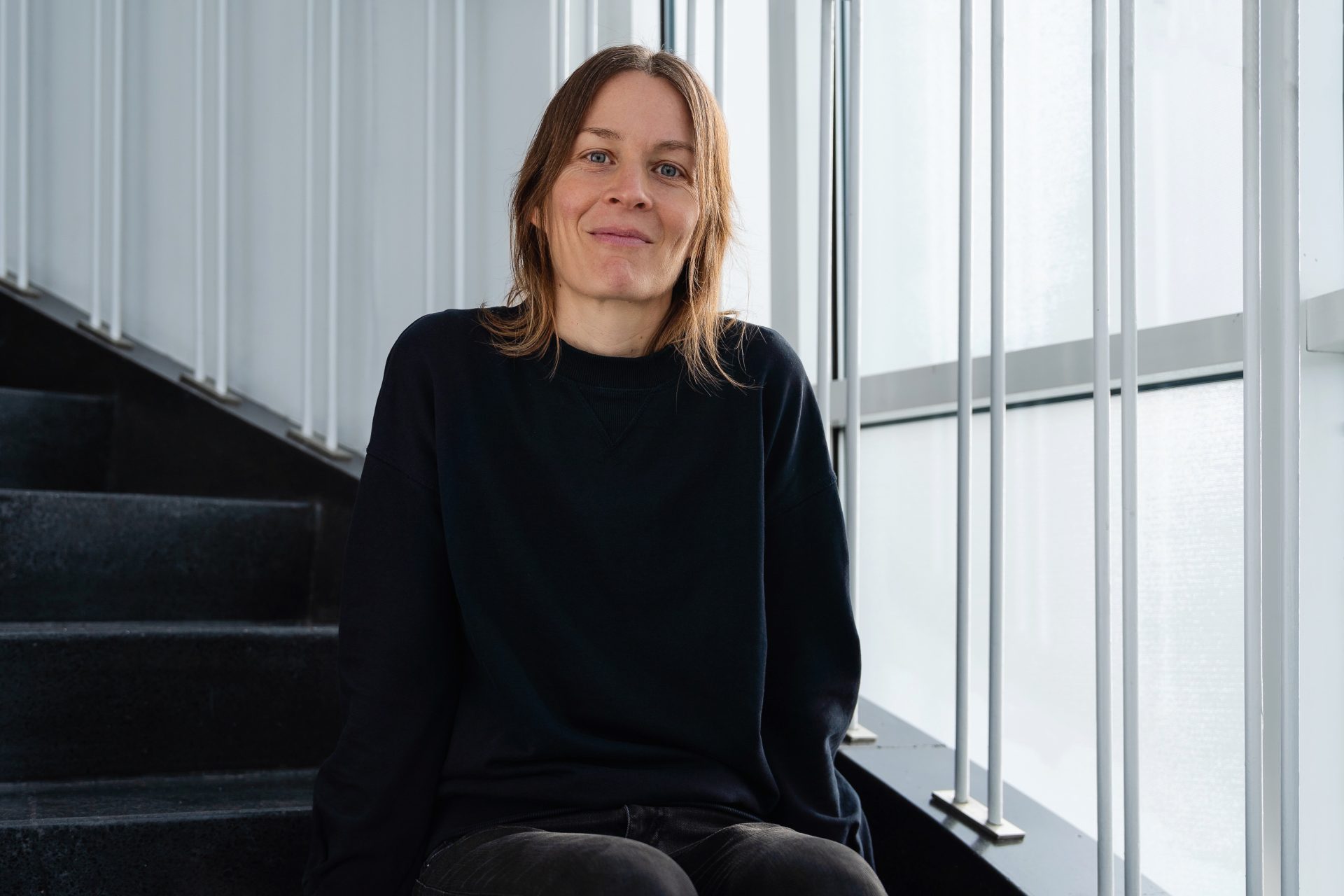
Julia Marquardt: “When a real dialogue develops – that’s great.”
Backstage -

Zara Morris: “Museums should reach out into its neighbouring communities, and break down barriers.”
Backstage
